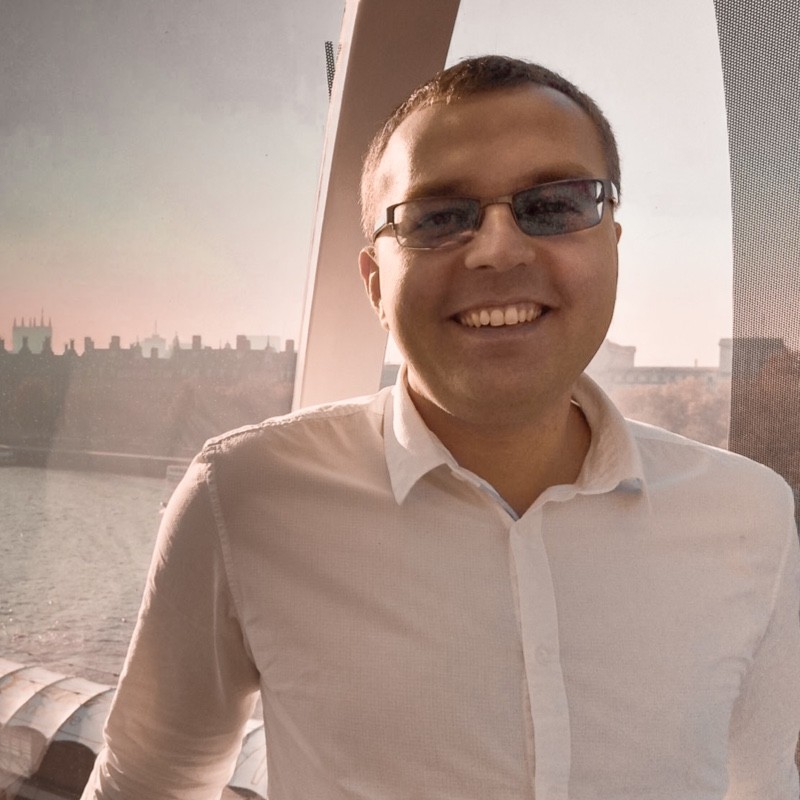Antifragility for Senior Engineers
In our world, there are many things that can be considered fragile. Imagine, for example, a glass or a balloon. These objects are destroyed by low-probability events. To visualize this, imagine a normal distribution. A glass functions normally when we use it in a standard way (which means we are at the center of the “bell”), but there are quite a few events in the tail (fat tails) that cause the glass to break.
When thinking about the opposite of fragility, durability comes to mind first. To destroy a durable thing (e.g., a wall), we have to make a significant effort. The bell curve of normal distribution for durable things is very large, and the entire tail is characterized by a very low probability.
Antifragility, in the definition of Nassim Nicholas Taleb, goes a step further. Antifragility is a feature of things that makes them stronger under the influence of low-probability events. An antifragile glass, for example, would gain value from an accidental fall (e.g., by filling up with beer). In practice, achieving antifragility is usually very difficult, but the attempt itself brings many benefits. I would like to encourage you to think about how to become an antifragile engineer.
The number one rule of the famous investor, Warren Buffett, is: “Never lose money.” This can be easily translated to our situation: “Try to ensure your professional situation never worsens.” In practice, this means taking great care of so-called “employability,” i.e., continuously improving your skills that are in demand in the job market. As Seniors+, we have a significant influence on technology choices in the company. For experiments (e.g., with the Rust language), I recommend using insignificant tools/projects. If you need to write a mock, it’s best to base it on a proven stack (e.g., Spring Boot in Java). When choosing testing tools, it’s best to use something proven in the industry, like Playwright, Cypress, Selenium, k6, Locust, Gatling, Rest Assured, Requests, etc. I want to point out that the choice I recommend brings benefits not only to you but also to the company. It’s easy to recruit specialists for solutions written in the standard stack.
As a Senior+, you will often be judged not by what you do, but by what others do based on your advice. In the case of the so-called “Individual Contributor” (IC) path, there’s no escaping a certain dose of leadership. Knowing this, it’s best to position yourself in a hybrid, leadership/technical role. In my case, I combine the duties of a Team Leader of a small team of testers with technical work.
A high degree of antifragility is also guaranteed by all kinds of activities outside the organization. Conferences, training, Friday tips for Seniors, YouTube. Creating content has never been easier. I encourage you to think of yourself as a content producer, not just a consumer. If you’re looking for training for yourself, first ask yourself: shouldn’t I be the one leading it?
Books:
